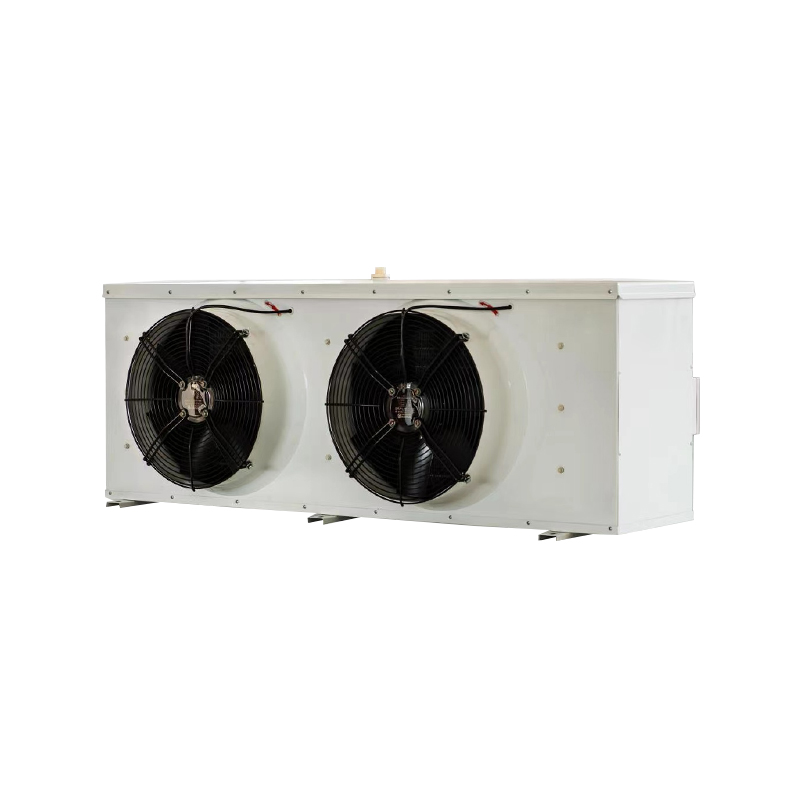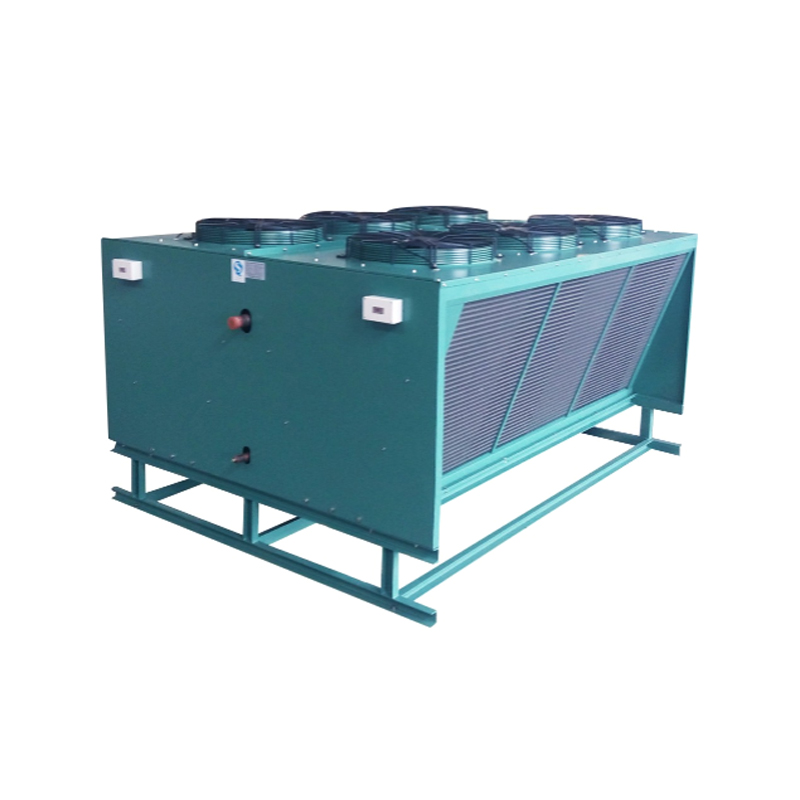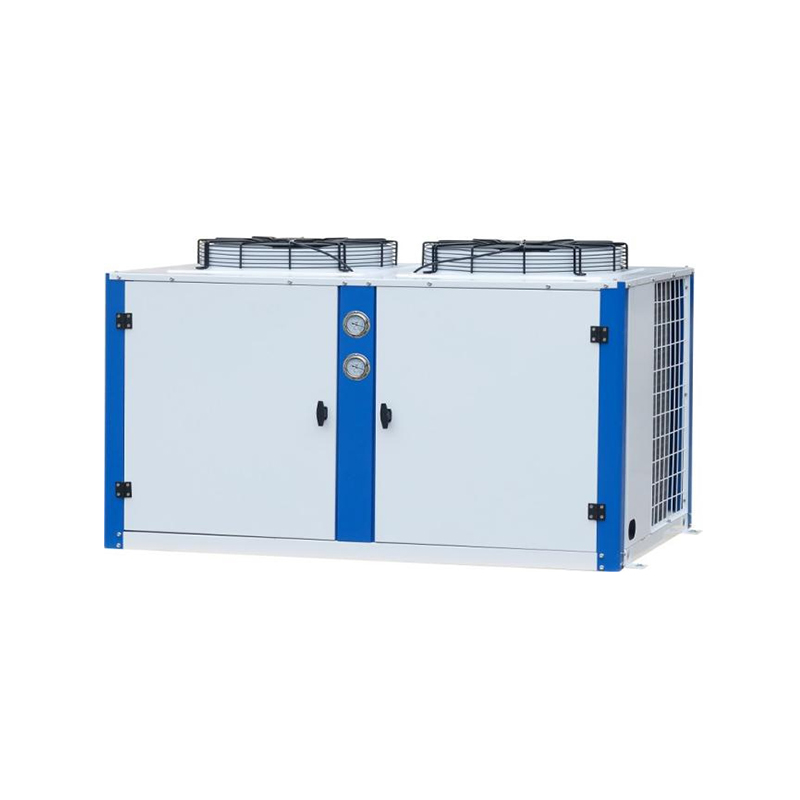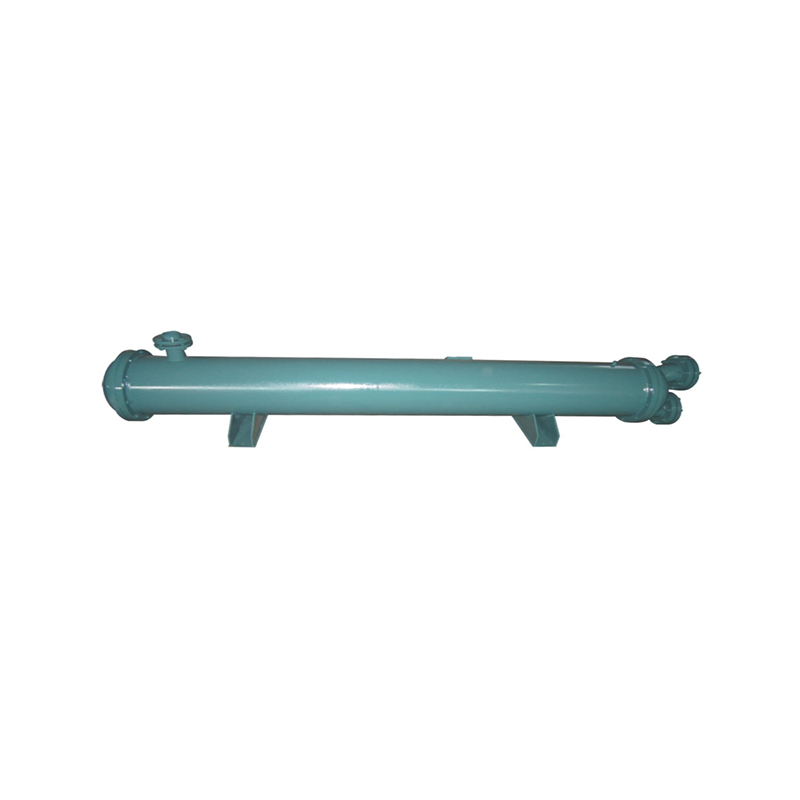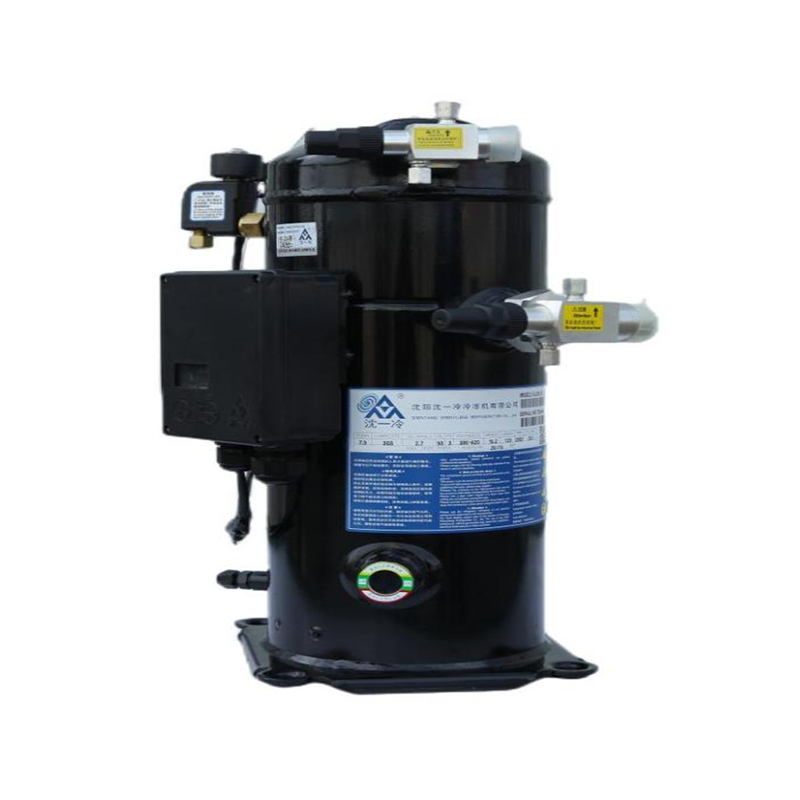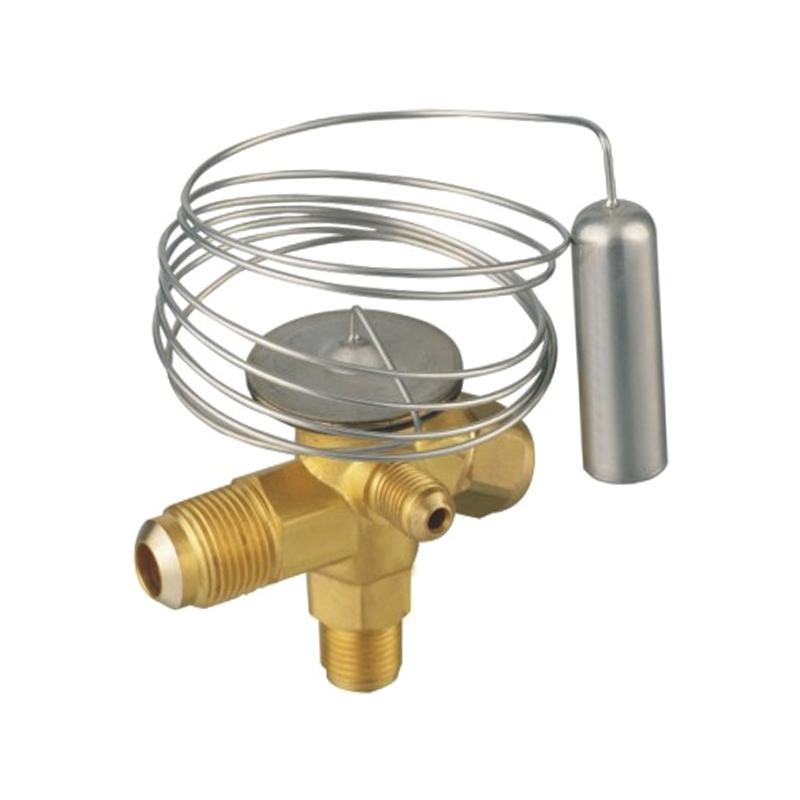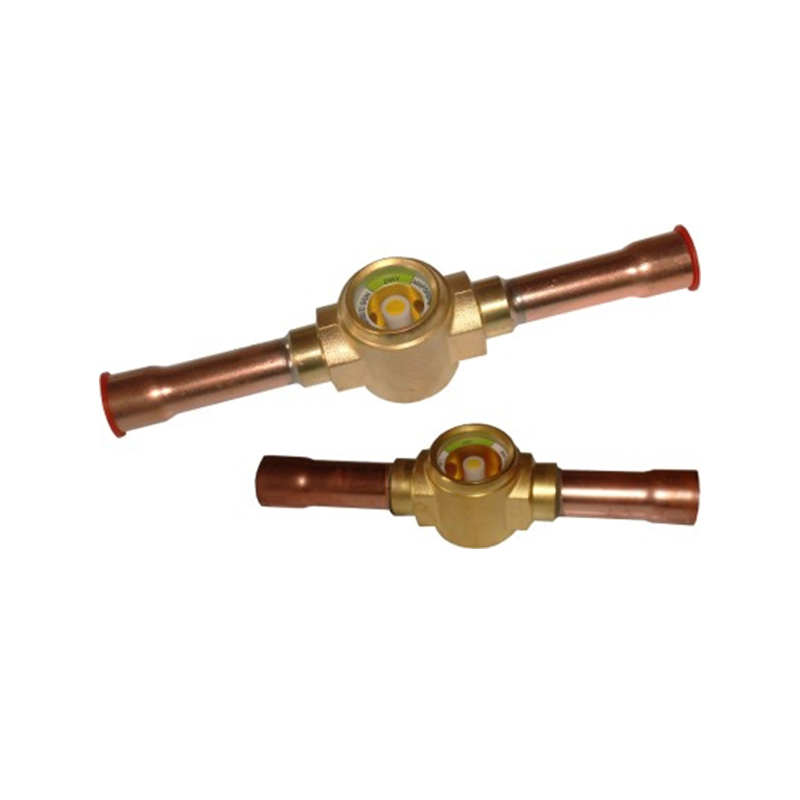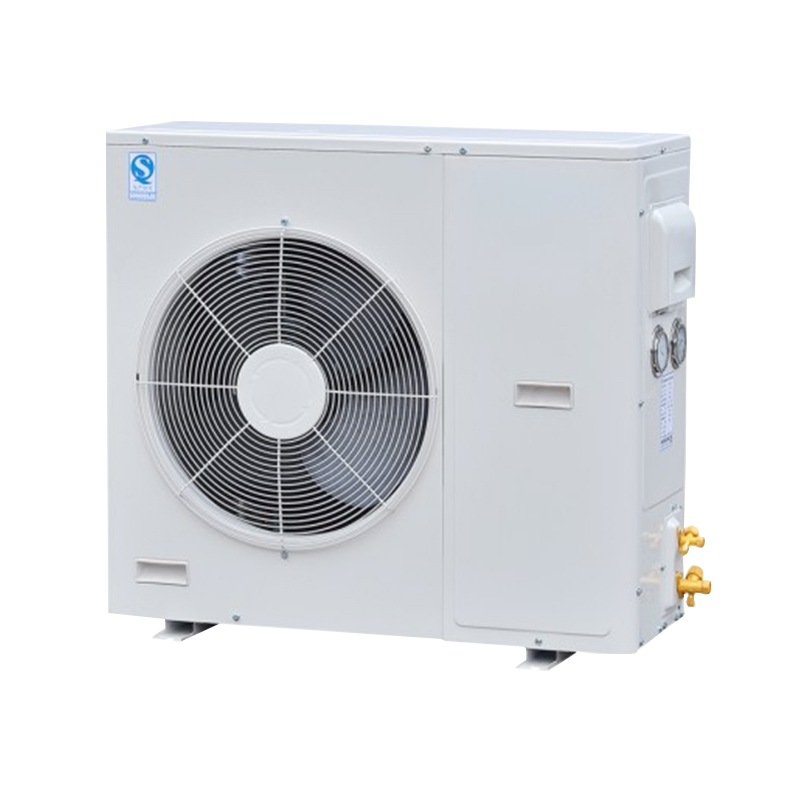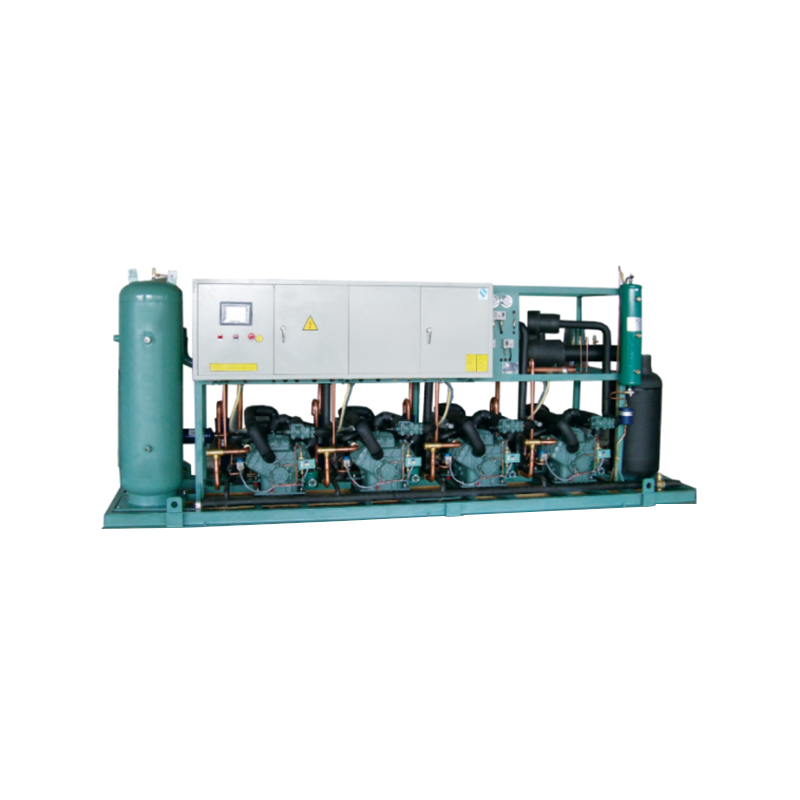Improving the reliability and stability of condensing units under extreme climatic conditions is the key to ensuring their continued efficient operation in different environments. Extreme climatic conditions, such as high and low temperatures, humidity changes, and wind and sand, can put tremendous pressure on the operation of condensing units. Therefore, in response to these challenges, multiple measures need to be taken to enhance the durability and stability of condensing units when designing and maintaining them.
Material selection and anti-corrosion design
Under extreme climatic conditions, the external structure and internal components of condensing units may be affected by corrosion, rust, etc., especially in areas with high humidity or frequent wind and sand. Therefore, the use of corrosion-resistant materials is the basis for improving the stability of equipment. For example, materials such as stainless steel and aluminum alloy are suitable for the shell and piping system of condensing units due to their strong anti-oxidation and anti-rust properties. In addition, coating treatment is also an effective means of protection. By using anti-corrosion coatings, the durability of the equipment can be further improved and the aging of metals caused by harsh environments can be delayed.
Strengthening the heat dissipation system
High temperature environment is a great challenge to the operation of condensing units because it may cause the condensing unit to overheat, thereby affecting the overall cooling effect and system life. To address this problem, it is particularly important to optimize the heat dissipation system. The heat dissipation efficiency can be improved by increasing the surface area of the radiator or using efficient heat exchanger materials. In addition, increasing the number of fans or using more powerful fans can also speed up the heat dissipation of the condenser. In the design, the use of a variable speed fan control system can automatically adjust the fan speed according to the ambient temperature to ensure effective heat dissipation in a high temperature environment and prevent the equipment from overheating.
Low temperature resistance design
In cold areas, the low temperature start-up and operating stability of the condensing unit need special attention. Low temperature may cause the lubricating oil to become viscous and reduce fluidity, thereby affecting the start-up and operation of the compressor. To solve this problem, a low temperature start-up device can be added to the design, such as using a heating belt or low temperature oil, to ensure that the equipment can start smoothly and operate stably under low temperature conditions. The heating device can preheat the inside of the unit before starting to avoid damage or reduced efficiency caused by cold.
Anti-dust and humidity protection
In areas with strong winds and sand or extremely high humidity, the condensing unit is easily blocked by dust or eroded by moisture. To this end, a dust screen or filter device can be added during the design to prevent dust from entering the inside of the equipment and affecting the operation of the heat exchanger and fan. Regular cleaning and replacement of filters are also important links to maintain system stability. In addition, in high humidity environments, moisture-proof design can prevent components such as circuit boards and controllers from malfunctioning due to moisture. A well-sealed chassis and moisture-resistant components can effectively extend the life of the equipment.
Intelligent control system
Intelligent control systems play an important role in improving the reliability of condensing units under extreme climatic conditions. By introducing an intelligent monitoring system, the operating status of the condensing unit can be monitored in real time, and the equipment parameters can be automatically adjusted according to changes in the external environment. For example, when the external temperature changes greatly, the intelligent system can dynamically adjust key parameters such as condensing temperature and fan speed to ensure that the equipment can maintain efficient operation under different temperature conditions. In addition, the intelligent system can also use the early warning function to remind maintenance personnel to check the equipment in time to prevent failures.
Regular maintenance and monitoring
Even if the design is perfect, condensing units under extreme climatic conditions still need regular maintenance and monitoring. Regular cleaning of the condenser surface, checking the sealing of circuit components, and replacing aging components are all important measures to ensure the long-term and stable operation of the equipment. Especially for condensing units working under extreme conditions, the maintenance frequency should be appropriately increased according to the use environment and equipment operation. At the same time, the use of remote monitoring technology allows technicians to understand the operating status of the equipment in real time and respond quickly to fault problems even in remote areas.
